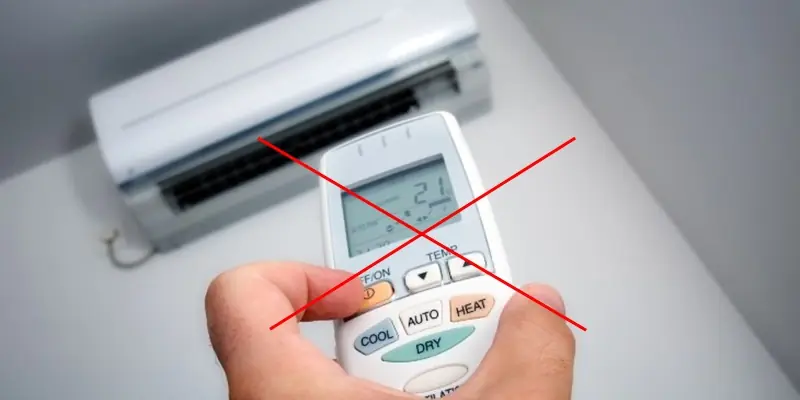
Tips for using air conditioning without worrying about skyrocketing electricity bills
How to Use Air Conditioning Efficiently Without Skyrocketing Your Electricity Bills
Air conditioning is a blessing, especially during the scorching heat of summer. However, the cost of running your AC for long hours can cause your electricity bills to soar. Many people avoid using their air conditioning to save money, but that doesn't have to be the case. There are simple and effective ways to use your AC efficiently, ensuring that you stay cool without breaking the bank.
In this article, we’ll explore some practical tips and tricks to help you make the most of your air conditioner while keeping your energy consumption in check.
Understanding the Factors that Affect AC Efficiency
Before diving into tips, it’s essential to understand the key factors that impact the efficiency of your air conditioner:
-
AC settings: The temperature you set your AC at, the mode you use, and the fan speed all influence energy consumption.
-
Room size and insulation: A larger room or poor insulation can require the AC to work harder, consuming more energy.
-
Outdoor temperature: The hotter the outside temperature, the harder your air conditioner has to work to maintain a cool indoor environment.
-
AC maintenance: Regular maintenance, including cleaning filters and ensuring the unit is running smoothly, plays a significant role in efficiency.
By making small adjustments, you can significantly reduce your energy usage without sacrificing comfort.
1. Set Your Thermostat Wisely
One of the easiest ways to lower your electricity bill is to set your thermostat at an efficient temperature. Many people tend to lower the temperature drastically to feel cooler faster, but this can lead to unnecessary energy consumption.
-
Ideal temperature setting: Set your thermostat to 22-24°C (72-75°F) for a comfortable room temperature without overworking your air conditioner.
-
Avoid setting the temperature too low: Every degree lower can increase your energy consumption by up to 10%. So, instead of setting the thermostat to 18°C, try sticking to a comfortable 22°C, which will be enough to keep the room cool without driving up costs.
Tip: Use the Energy Saver or Eco Mode on your AC, if available, to automatically adjust the temperature based on your preferences and energy-saving goals.
2. Use the Dry Mode or Fan Mode
Many air conditioners come with different modes, such as Cool, Dry, and Fan. If you're looking to save energy, switching to Dry Mode (also called Dehumidify Mode) can be a smart choice.
-
Dry Mode: This mode removes excess moisture from the air, making the room feel cooler without needing to lower the temperature as much. Since humidity makes the air feel warmer, reducing it can allow you to maintain comfort at a higher temperature.
-
Fan Mode: In Fan Mode, the AC’s fan runs without cooling the air. This mode is perfect for when the outside temperature is relatively mild, and you just need air circulation to feel more comfortable. It uses far less energy than the cooling function.
Tip: Use Dry Mode during rainy or humid weather, as it will make you feel more comfortable while using less energy. Fan Mode can be great at night or during cooler hours.
3. Use the Timer Function
Another excellent way to save on energy costs is by utilizing the timer function on your air conditioner. Many modern AC units come with a built-in timer, allowing you to set specific on and off times.
-
Scheduled cooling: Set your AC to turn on a little before you arrive home and turn off once you’re asleep. This ensures that you don’t waste energy cooling an empty house or running the AC while you're not in the room.
-
Nighttime use: During the night, you can set the AC to automatically turn off after a few hours of cooling. As the night progresses, the outside temperature typically drops, so you may not need as much cooling.
Tip: Use a smart AC controller or plug in a smart plug if your air conditioner doesn’t have a built-in timer. This allows you to control your AC remotely, setting schedules and limiting usage to save energy.
4. Maintain Proper Insulation
One of the most important factors in keeping your home cool and energy-efficient is ensuring that it’s well-insulated. If there are gaps or leaks in the windows or walls, cold air can escape, forcing your air conditioner to work harder.
-
Close doors and windows: Make sure doors and windows are properly sealed while the AC is running. If there are gaps or cracks, cold air can escape, making the unit use more energy to maintain the temperature.
-
Use curtains or blinds: Keep curtains or blinds closed during the hottest part of the day, especially for windows that face the sun. This helps to block the sun’s heat and reduce the cooling load on your AC.
Tip: If your AC has a "Power Saver" or "Energy Saver" mode, enable it. These settings will adjust the cooling and fan speeds automatically to maintain a balance between comfort and energy use.
5. Clean the Air Filter Regularly
A clogged air filter can decrease the efficiency of your air conditioner by restricting airflow. When the air filter is dirty, the AC has to work harder to cool the room, which increases energy consumption.
-
Check the air filter: Clean or replace your air filter every 1-2 months to ensure optimal airflow. If you have a high-efficiency particulate air (HEPA) filter, replace it more frequently to maintain the best air quality and efficiency.
Tip: Regular maintenance of your AC, including cleaning the filter, checking for debris, and inspecting the evaporator and condenser coils, can significantly improve its performance and lifespan.
6. Close Unused Rooms and Use Zoning
If you have a large home, you may not need to cool every single room. Instead of wasting energy, focus on cooling only the rooms you need.
-
Close off unused rooms: Close doors to rooms you’re not using so that the AC focuses on cooling the areas where people are present.
-
Zoning: If your AC unit allows it, consider setting up a zoning system where different areas of the house can be controlled independently. This ensures that rooms are cooled according to their usage.
Tip: In large homes, a portable air conditioner or fans in unused rooms can help circulate air, reducing the strain on your main AC unit.
7. Opt for Energy-Efficient Units
If your air conditioner is old or inefficient, it may be time to upgrade to a more energy-efficient model. Inverter technology and energy-efficient ratings (such as those from ENERGY STAR) ensure that newer air conditioners use less energy while still providing adequate cooling.
-
Inverter ACs: These units use variable-speed compressors that can adjust to the room's cooling needs, making them more energy-efficient than traditional on/off units.
Tip: When purchasing a new air conditioner, look for models that have a high Energy Efficiency Ratio (EER) or are certified by ENERGY STAR.
Conclusion: Stay Cool and Save Money
By implementing these simple tips, you can enjoy the cool comfort of air conditioning without the high electricity bills. Setting your thermostat wisely, using the right modes, scheduling your AC’s usage, and maintaining your unit regularly can go a long way in reducing energy consumption. In addition, improving your home’s insulation and using zoning techniques will help minimize wasted energy.
With these small adjustments, you can stay comfortable during the hot months without feeling the sting of rising electricity costs.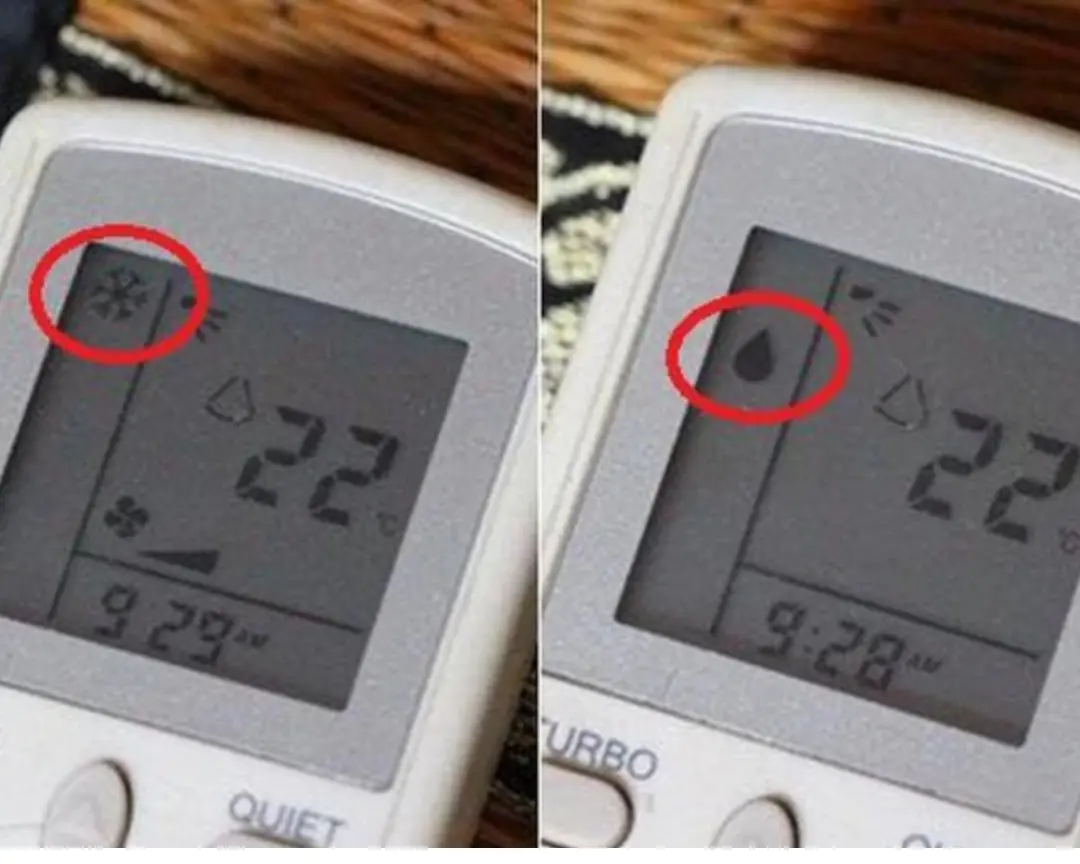
News in the same category

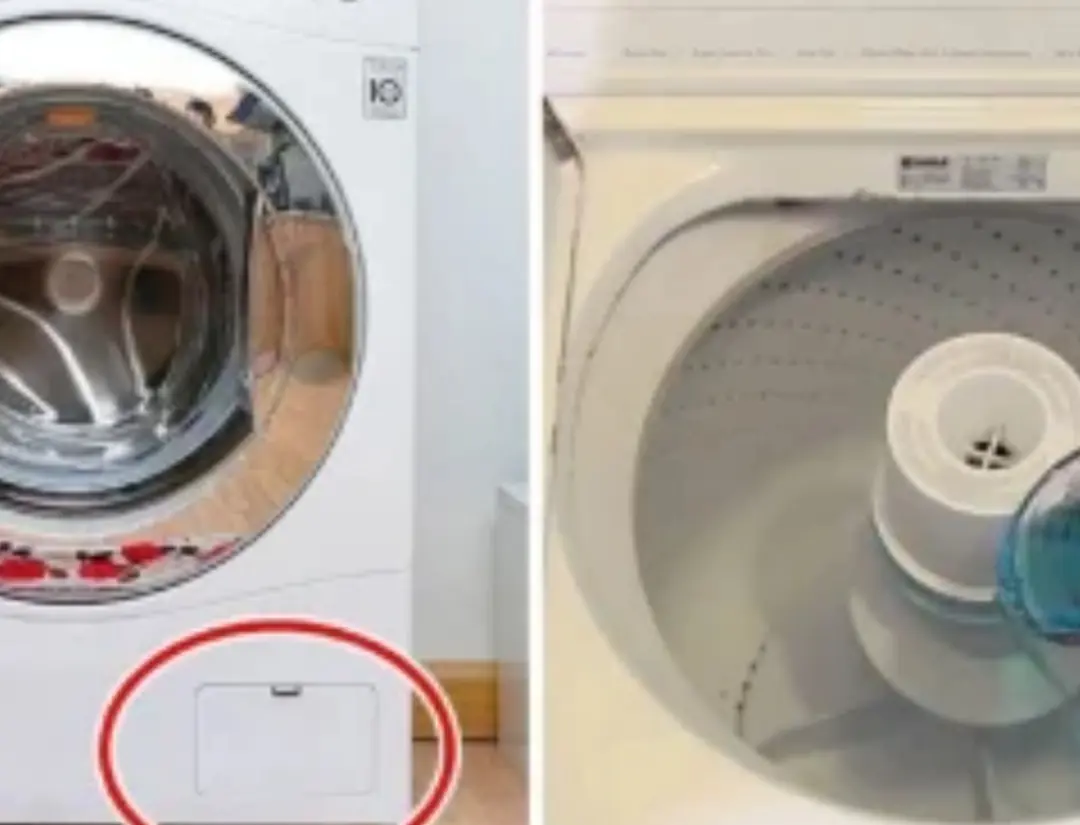
There is a small switch on the washing machine: Press it once and the dirt will automatically be discharged.
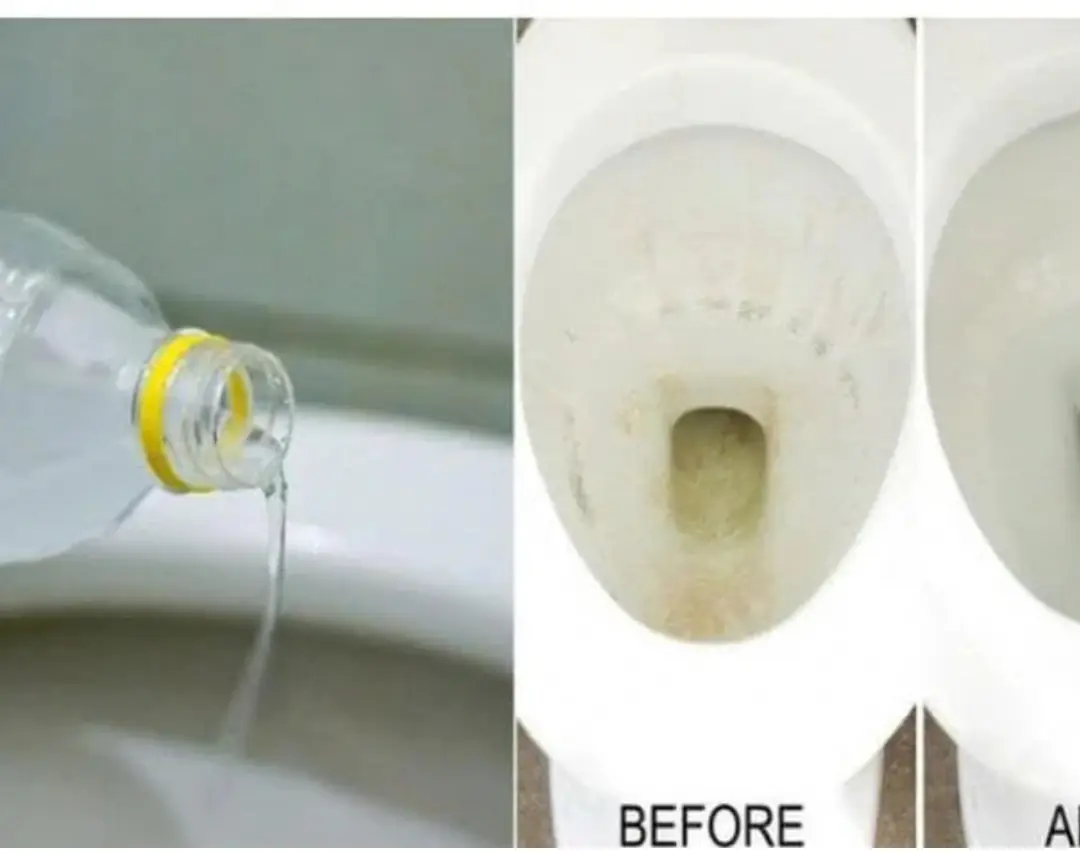
Toilet smells fishy: Pour this in and the smell will go away, free of charge

Crush this handful of leaves and place it in the room.

Ginger left for a long time will often shrink, rot, or sprout

Don’t Buy the Brightest, Glossiest Tomatoes – Veteran Farmers Only Pick These 3 “Ugly but Delicious” Types
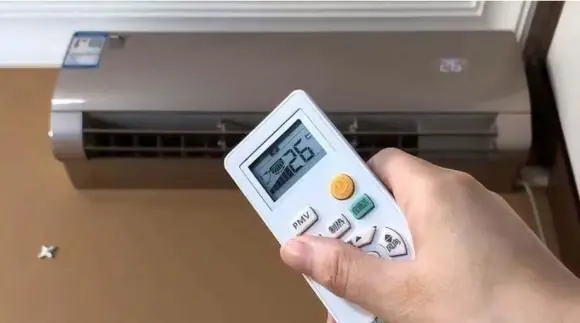
Why should you do that?

When buying bell peppers, choose the one with 3 or 4 grooves. Which one is better?

If the pan loses its non-stick coating, don't throw it away.

About 15 minutes before a stroke, the body usually sends out 4 clear

Save this valuable remedy to help absorb toxins and save lives

Show you 4 effective ways to keep your house free of cockroaches

Tips to deal with moldy, peeling walls: Free, very simple, any house can do it

Some ways to care for hair with ginger

How to Remove Labels from Glass Jars in Minutes (with Zero Effort!)

I Tried 5 Tricks for Getting Garlic Smells Off My Fingers, and the Winner Blew Me Away

Is Jackfruit Good for Diabetes?

When buying shrimp, should you choose open or folded tails? 5 tips for choosing the right shrimp, stay away from shrimp injected with chemicals

Emergency : Snake bite what to do and what not to do?
News Post

Smart People Use Air Conditioners This Way

There is a small switch on the washing machine: Press it once and the dirt will automatically be discharged.

Toilet smells fishy: Pour this in and the smell will go away, free of charge

Crush this handful of leaves and place it in the room.

Ginger left for a long time will often shrink, rot, or sprout

Don’t Buy the Brightest, Glossiest Tomatoes – Veteran Farmers Only Pick These 3 “Ugly but Delicious” Types

Two Friends

The Little Match Girl

Why should you do that?
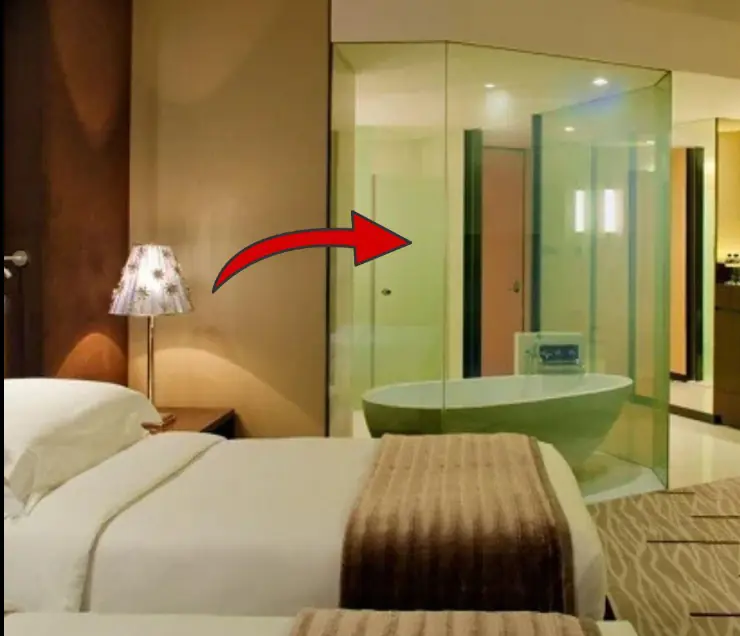
Why do hotel bathrooms have transparent glass doors?

A Jury of Her Peers

NASA Scientists Explain Why Astronauts Strap Down Their Arms to Avoid the “Zombie Pose”

The Gift of the Magi

When buying bell peppers, choose the one with 3 or 4 grooves. Which one is better?

If the pan loses its non-stick coating, don't throw it away.

These 5 fruits are in the 'black book' of causing can.c.er cells

About 15 minutes before a stroke, the body usually sends out 4 clear

Save this valuable remedy to help absorb toxins and save lives
